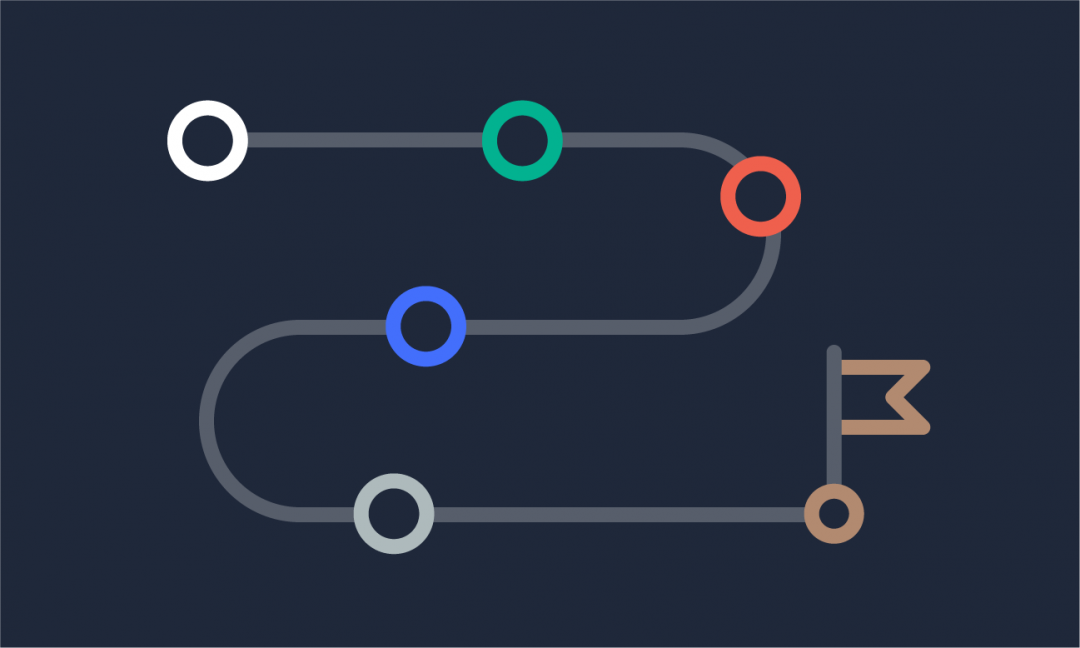We are updating our documentation library to be ready for Sector 10! Find out more in our Sector 10 roadmap or head straight to our collection of Sector 10 - Changes and Updates.
Sector allows you to organise your content in structures that your intended audience can grasp quickly.
Approaches to organising content
Hierarchical content
Hierarchical content* is stored in pages. The pages are organised in a menu tree.
This concept works well with:
-
Linear content structure and user movements (book-like content - A to B to C)
-
'Layered' information architecture (information about information - in promotional or introductory top layers).
Known limitations:
-
Scalability - menu hierarchy fails if there are too many items per level, or if the weight between branches is unbalanced.
-
Hierarchical content assumes the principle of 'one page, one position'. In a web context, this often does not work. If the principle is broken, context will be lost (along with users).
In Sector, hierarchical content is stored in the content type Page. Try it in our Sector 9 online demo. or why not have a look at the brand-new Sector 10 Beta Preview.
Taxonomy-driven content
Taxonomy or data-driven content is organised in lists managed via sort and filter criteria. The sort and filter criteria can be either data or taxonomy-based.
The concept works well with:
-
A large amount of content in combination with a knowledge-based navigation pattern (like Wikipedia)
-
Clearly defined taxonomies, consistent content grouping, and curated metadata
-
Search-driven navigation.
Known limitations:
- What you win in scalability you can lose in structure.
The Sector Starter Kit provides a basic starting point for taxonomy-driven content with the content types for News and Resources, and Sector add-ons provide more options to sort and display content based on taxonomies. For example, try out Index A-Z online demo.
Search-driven content
Search-driven or search-enabled content is organised in lists. The user can search the content by using keywords and filter results by relevance.
The concept works well for:
-
Content that is designed to be both findable and searchable.
-
Systems that have a powerful, scalable search engine and index.
Known limitations:
-
You need to use your audience's vocabulary and search terms.
Find out what you can achieve with Sector Search API and Search Facets configuration.
User-centric content design
A user-centric approach focuses the design process on user needs and priorities.
This requires a move from an organisational-focused information architecture and navigation to a structure focused on user needs, objectives and priorities. This can become a challenge if the ownership and responsibility for content on the site is divided along departmental lines.
The concept works well:
-
For all sites.
Known limitations:
-
Requires budgets that allow for user focus groups, as well as quantitative and qualitative user testing using both remote and face-to-face methods.
-
Requires a high level of change management and commitment inside the business.
Need help getting started with your content?
Try starting with a content strategy and a content audit.
* To distinguish between hierarchical content and content hierarchy - when we talk about hierarchical content we refer to an overarching hierarchy between content pages. Similar principles apply to visual content hierarchy on a single page.
